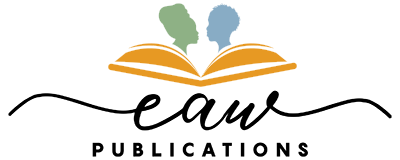This post is taken from Elite Writers Lab. I am a member of this great group run by Ron and Alice. I find the post timely as their post really brings out the concerns that young writers/publishers have on a daily basis.
Have a great read.
Many new writers agonize over whether to try the traditional publishing route or opt for self-publishing. Here are four factors to consider to help you decide.
1. Is it fiction or non-fiction?
2. Does it require a lot of images?
3. What genre of fiction is it?
If it is comics, manga or anime, print might be the best option.
4. Is there a traditional publishing house that regularly prints your type of work?
If you write romance, for example, there are a range of choices. Each of these traditional houses has a publishing program with “slots” that need to be filled. They also offer the advantage of marketing your book and getting it into stores as well as making it available online.
The Traditional Process
In traditional publishing, the author gets an idea for their book and either finishes it, or sends a query letter to see if the publishing house would be interested in it. They might send the letter themselves, or with the help of a literary agent, who will take a commission for the sales of the book.
Once the query letter or manuscript gets to the publishing house, an acquisitions editor reads it and decides whether or not it is a good fit for their list. This does not always have anything to do with how good the book is but rather, how well they think it will sell.
If they accept the book, the publisher buys the rights from the writer. The terms will vary from loose to very strict. They will pay the author an advance on future royalties. The royalty terms should be clearly specified.
The publisher then arranges for the printing, design, cover, manufacture, distribution, and marketing of the book. The advance may be generous or not. For a typical royalty, expect to earn about 35 cents per book sold.
The Self-Publishing Process
With self-publishing on the other hand, especially through the Kindle program at Amazon, you are in control. Upload your Word document and cover, set your price, and your book can be up and selling within a couple of days. You set the price. Price your book at $2.99 and at 70% royalty, you would get around $2 per book.
You retain your rights to your work and Amazon will help with some of the marketing. You will have to do your own editing and get a cover, but you can hire a professional on Fiverr.com. If you want to create a paperback of the book, to be sold via Amazon as a print on demand title (that is, one book published each time there is an order), you can do this using the same Word file through Amazon’s printing division CreateSpace.
The key issue is how much time you have to market your book. You will be taking on a lot of the chores of a traditional publisher. Having said that, the most successful authors with traditional publishers are those who are willing to market themselves at book signings, conferences and so on.
Determine your skills, time and interest, and how much money you want and control over your book, and then choose which publishing option is right for you.
Do This Next, If You Want to Make a Better Living from Writing
WriterHelpWanted.com and EliteWritersLab.com co-founders, Ron Douglas and Alice Seba, recently got together to discuss the 5 obstacles that keep most writer from earning a good living from their writing.

Inside this free video, you’ll learn about the 5 obstacles that keep most writers from earning a full-time living from their skills. If you ever procrastinate, doubt your skills or just aren’t sure how you can get started, this is for you. To receive free instant access, just click here to get started.
